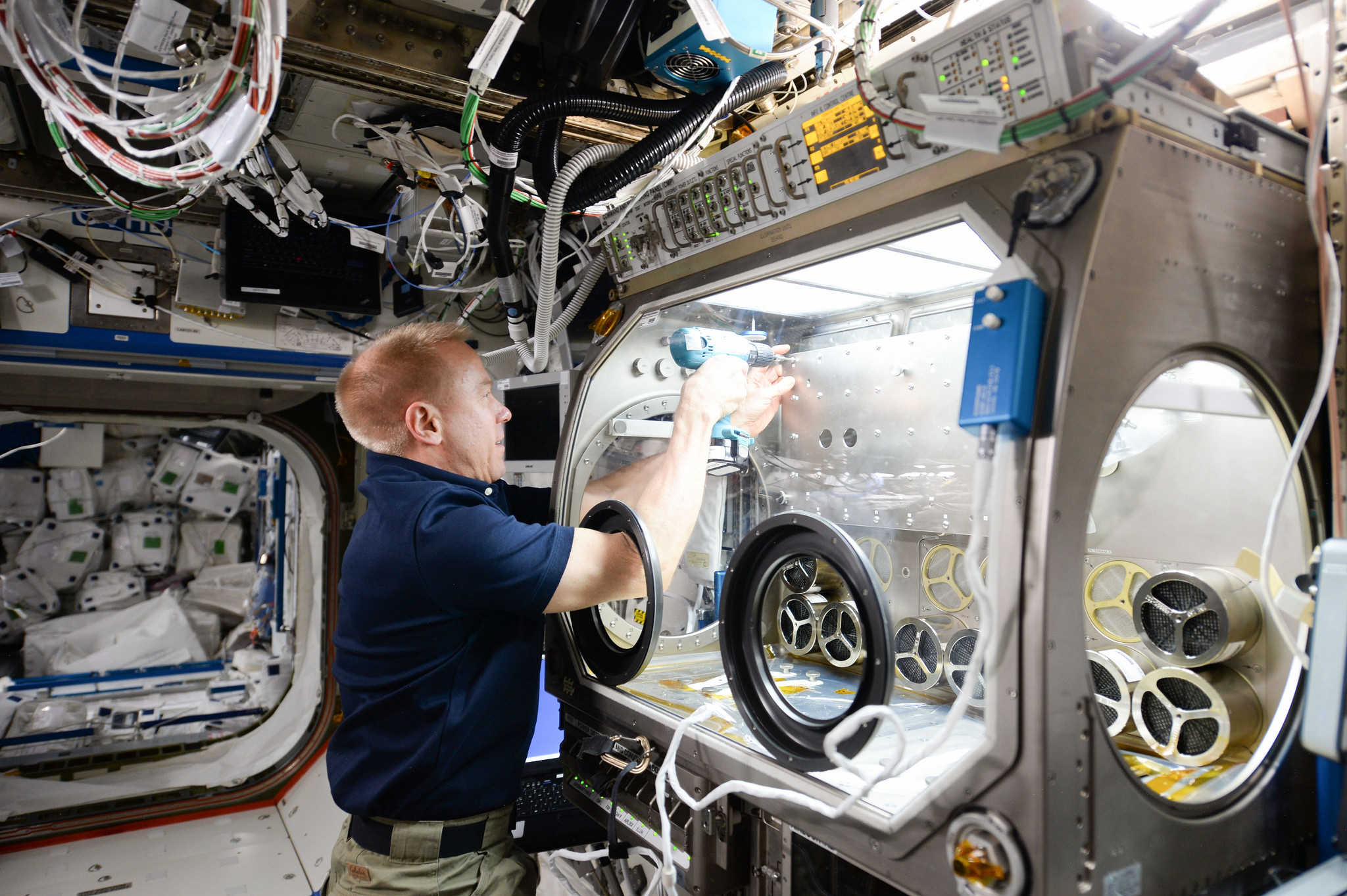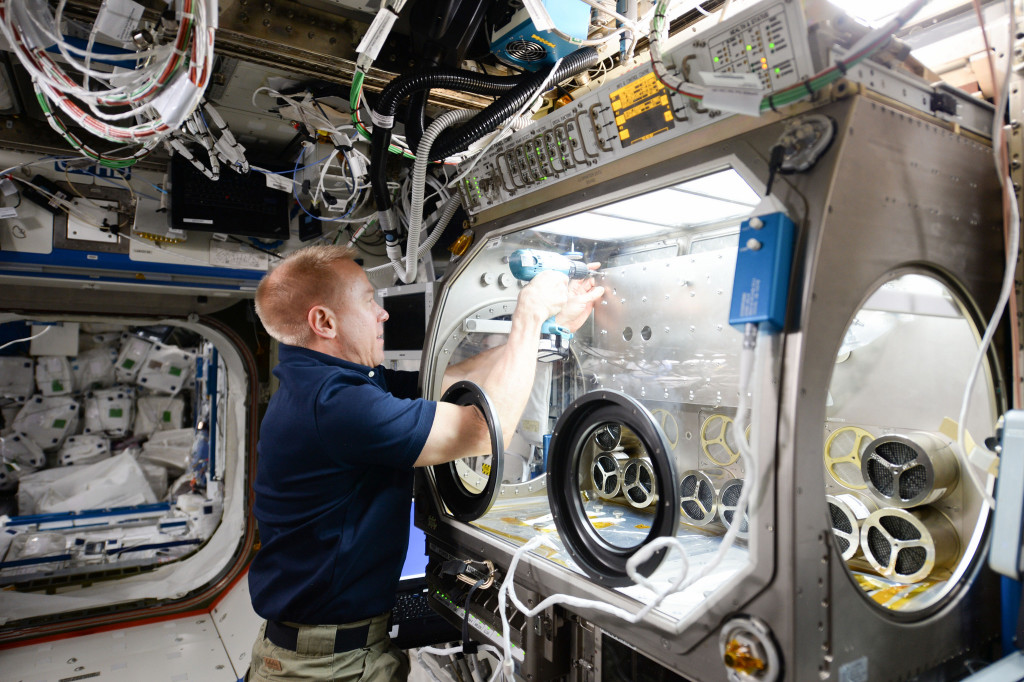If you’re an astronaut who has just inspired a student, chances are you’ve left a lasting impression on them. If you’re a student who had their experiment sent to space, you’ll probably remember it for a long time. If you’re a space agency whose astronauts ran a student-designed experiment, you’re creating a pipeline of new engineers and scientists.
If you’re a nation that encourages this kind of collaboration, you’re building a strong foundation for your future in space.
That’s exactly what the U.S. is doing.
Onboard the International Space Station (ISS), an exciting collaboration has just begun. Yesterday morning, the crew onboard the orbiting laboratory began the Genes in Space study, which was designed by a high school student. It’s purpose is to study how the lack of gravity affects the linkage between DNA alterations and weakened immune systems.
This kind of collaborative environment has allowed students to periodically design and interact with advanced ISS research. Aside from being an inspiration for students to pursue careers in engineering and scientific fields, the International Space Station is an excellent example of international collaboration. It brings together international flight crews and the international scientific research community. It is being used by NASA to develop technologies and conduct research that will benefit exploration of destinations beyond low-Earth orbit.
To learn more about Genes in Space, click here.
Interested in ISS experiments? Check out NASA.gov.


